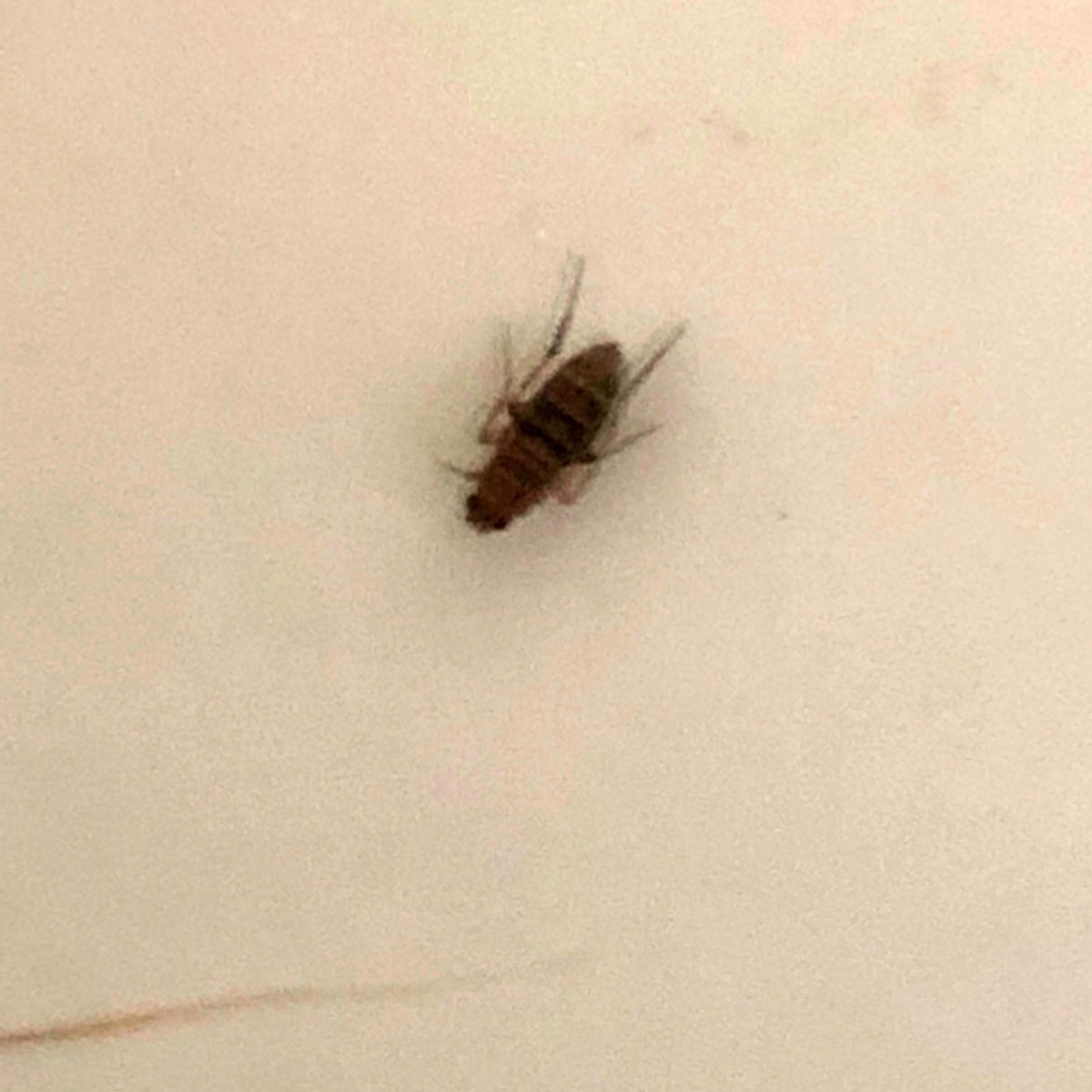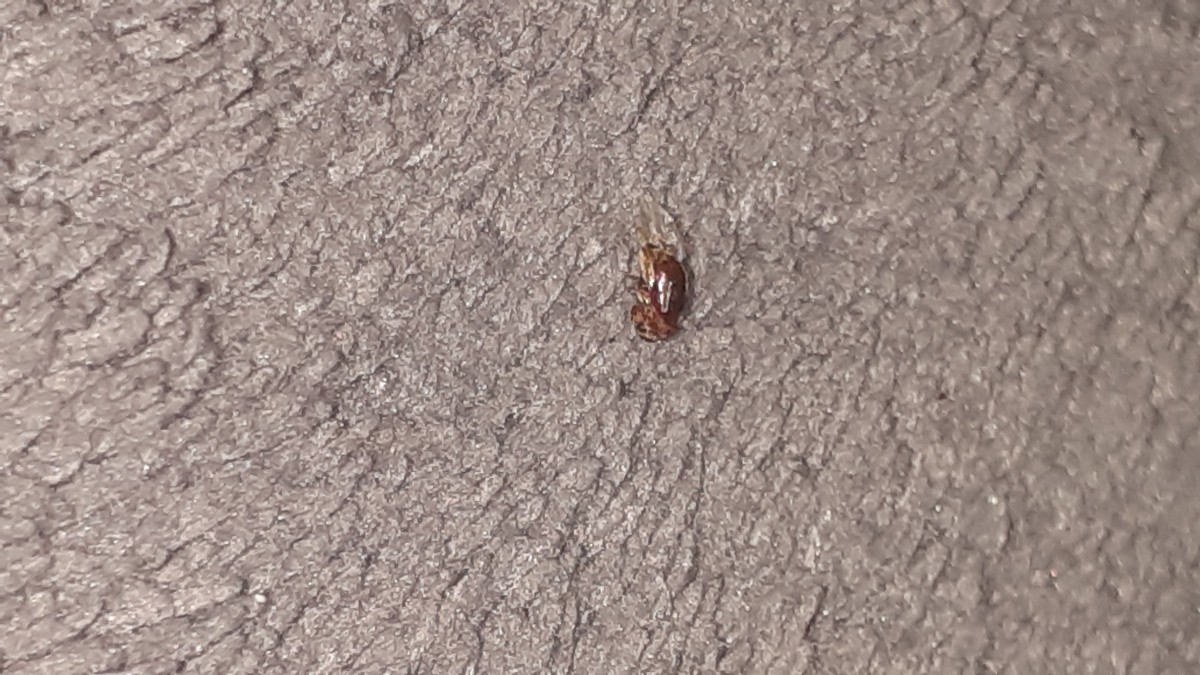Identifying the Bug

Small brown flying bugs in your bedroom can be a nuisance, but identifying them is the first step to getting rid of them. Understanding their characteristics and behavior can help you determine the type of pest you’re dealing with and find the most effective solution.
Appearance and Behavior, Small brown flying bugs in bedroom
To identify the bug, start by observing its size, shape, and color. Are its wings clear or opaque? Does it have any distinct markings or patterns? How does it move and fly? These details can help narrow down the possibilities.
- Size: Measure the bug’s length and width. Is it tiny, like a fruit fly, or larger, like a moth?
- Shape: Is it round, oval, or elongated? Does it have a distinct head, thorax, and abdomen?
- Color: Note the bug’s primary color and any secondary colors or patterns. Is it uniformly brown, or does it have streaks, spots, or stripes?
- Wings: Observe the wings’ shape, size, and texture. Are they clear or opaque? Do they fold flat against the body, or are they held out at an angle?
- Antennae: Pay attention to the antennae’s length, shape, and any unique features, such as hairs or segments.
- Behavior: How does the bug move? Does it crawl, jump, or fly? Does it seem attracted to light or food? Does it bite or sting?
Comparing to Common Household Pests
Once you have a good description of the bug, compare its characteristics to common household pests. This will help you narrow down the possibilities and determine the best course of action.
- Fruit Flies: These tiny, brown flies are attracted to ripe fruit and decaying organic matter. They have clear wings and red eyes.
- Moths: Moths are typically larger than fruit flies, with fuzzy bodies and wings. They are often attracted to light and can be found near windows or lamps.
- Bed Bugs: Bed bugs are reddish-brown, oval-shaped insects that are about the size of an apple seed. They are nocturnal and feed on human blood. They can be difficult to spot, as they hide in cracks and crevices during the day.
Understanding the Source: Small Brown Flying Bugs In Bedroom

Identifying the source of these small brown flying bugs in your bedroom is crucial for effectively addressing the infestation. This involves understanding their potential entry points, their food sources, and any factors that might be attracting them to your home.
Potential Entry Points
These small brown flying bugs can enter your home through various openings, often seeking shelter, food, or moisture.
- Windows and Doors: Even small gaps or cracks around windows and doors can provide entry points for these bugs.
- Vents: Ventilation systems, including air conditioning vents, can serve as entry points if they are not properly sealed.
- Cracks and Crevices: Small cracks in walls, floors, or ceilings can provide access for these bugs, especially if they are seeking shelter or warmth.
Food Sources
These bugs may be attracted to various food sources within your home, including:
- Food Crumbs: Leaving food crumbs on surfaces or floors can attract these bugs, as they are often attracted to sugary or starchy substances.
- Pet Food: Pet food left out, especially dry kibble, can be a source of attraction for these bugs.
- Organic Matter: Areas with organic matter, such as decaying leaves or wood, can attract these bugs, as they may feed on decaying material.
Moisture Sources
Moisture can be a significant attractant for these bugs, so identifying any potential moisture sources is essential:
- Leaking Pipes: Leaking pipes can create a humid environment, attracting these bugs.
- Condensation: Condensation on windows or walls can create a source of moisture, attracting these bugs.
- Overwatering Plants: Overwatering houseplants can lead to excess moisture in the soil, attracting these bugs.
Recent Changes to Your Home
Any recent changes to your home environment might have inadvertently attracted these bugs.
- New Plants: Introducing new plants into your home could have brought these bugs in, especially if they are potted plants that were purchased from outside.
- Renovations: Renovations or construction work can disrupt existing structures, creating new entry points for these bugs.
Managing the Infestation

It’s frustrating to deal with these pesky bugs, but with a strategic approach, you can effectively manage the infestation and prevent them from returning. Let’s explore some practical steps and create a plan for a bug-free bedroom.
Cleaning and Trapping
Thorough cleaning is essential to eliminate potential food sources and breeding grounds. This includes vacuuming carpets and furniture, wiping down surfaces, and emptying trash regularly. Using traps can help capture and monitor the bug population. Sticky traps placed near potential entry points or areas of activity can effectively catch bugs. However, the effectiveness of these methods depends on the type of bug and the severity of the infestation. While cleaning and traps can help reduce the population, they may not eliminate the infestation completely, especially if the source of the bugs is not addressed.
Small brown flying bugs in bedroom – The presence of small brown flying bugs in a bedroom can be a source of both aesthetic and hygienic concern. While a serene and calming atmosphere is often associated with a duck egg blue bedroom , the presence of these insects can detract from the desired tranquility.
Identifying the specific species of bug is crucial to determine the most effective method of eradication, ensuring a truly restful environment.
The presence of small brown flying bugs in a bedroom can be a source of both annoyance and concern, prompting investigation into potential entry points and environmental factors. While addressing this issue, one might also consider the practicality of incorporating a treadmill into a small bedroom, as this can provide a convenient fitness solution.
A well-chosen treadmill can be surprisingly space-efficient, as evidenced by resources like treadmill in small bedroom , which offer advice on selecting models that fit in tight spaces. However, ensuring adequate ventilation and minimizing clutter are crucial to prevent the recurrence of pesky insects, regardless of fitness equipment choices.
